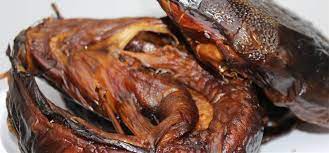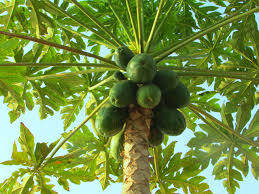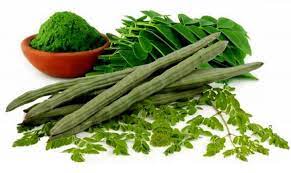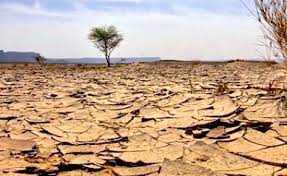
Nigerian agriculture is characterized by considerable regional and crop diversity. Analysis of this sector, particularly the food sub-sector, is fraught with serious data problems. However, the available statistics provide a broad overview of development in agriculture upon which we can make some broad generalizations about its role in economic development and structural change in Nigeria.
In the 1960s, the agricultural sector was the most important in terms of contributions to domestic production, employment and foreign exchange earnings. The situation remained almost the same three decades later with the exception that it is no longer the principal foreign exchange earner, a role now being played by oil.
The sector remained stagnant during the oil boom decade of the 1970s, and this accounted largely for the declining share of its contributions.
The trend in the share of agriculture in the gross domestic product (GDP) shows a substantial variation and long-term decline from sixty percent (60%) in the early 1960s through forty eight point eight percent (48.8%) in the 1970s and twenty-two point two percent (22.2%) in the 1980s.
Unstable and often inappropriate economic policies (of pricing, trade and exchange rate), the relative neglect of the sector and the negative impact of oil boom were also important factors responsible for the decline in its contributions.
On its diversity, Nigerian agriculture features tree and food crops, forestry, livestock and fisheries. In 1993 at 1984 constant factor cost, crops (the major source of food) accounted for about thirty percent (30%) of the Gross Domestic Products (GDP), livestock about five percent (5%), forestry and wildlife about one point three percent (1.3%) and fisheries accounted one point two percent (1.2%).
Fish farming consists of the nursery and the grow-out pond operation. The nursery involves the inducement of the female fish to lay eggs, which are then fertilized, incubated and hatched.
The hatched fish are known as fries. These fries are then nurtured fro between three and four weeks into fingerlings, mini juveniles and juveniles which is the size suitable for use in the fish grow-out operation.
The fingerlings, mini juveniles and juveniles can then be nurtured for between four to five months into grow-out or table size fish suitable for sale and consumption.
The following factors are key in setting up a catfish farm in Nigeria land, access to water and drainage facility. It is important that the investor selects the best pond system to adopt namely re-circulatory system, earthen pond or concrete/plastic pond or both.
The largest operating cost is feed. There are various types of catfish feeds. The type being used at any particular time is a function of size of fish being fed, whether the fish are feeding at the surface or in the water column, and if an antibiotic is incorporated.
African catfish usually takes an average of 5 months to reach table size. At this age, they usually have attained an average weight of one (1) kilogramme. The weight attained by catfish after five (5) months is however variable depending on a number of factors that may include, quality of fingerlings used, quality of feeds, water management quality, absence of disease, stocking density among others. It is not uncommon to have fish weigh up to one point five (1.5) kg after five months.
Fish is a perishable item. It requires adequate preservation to keep long. It is usual for fish to be preserve under frozen condition but the current irregular supply of electricity is a major challenge even though the power supply situation has recently improved considerably.
Apart from freezing or low temperature preservation, another form of preservation that has saved fish farmers, fish merchants/sellers etc from losses is smoking. The demand for fish and fish products is increasing daily in Nigeria. This has resulted to increased fish production activities to meet the local demand.























